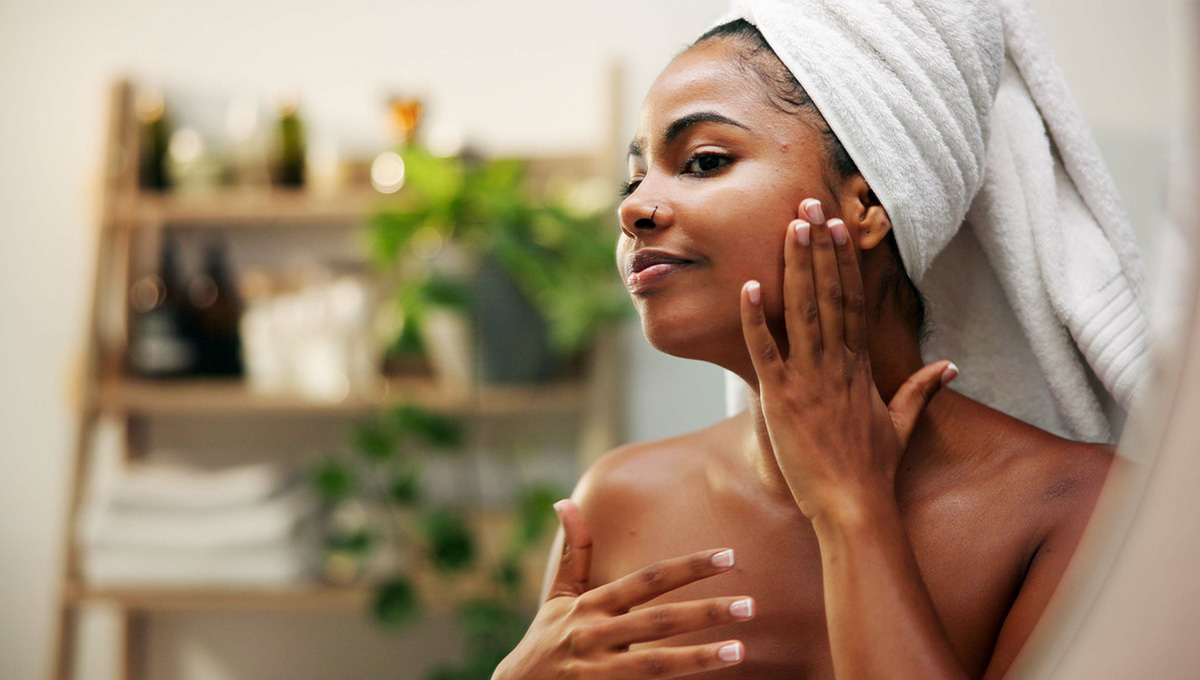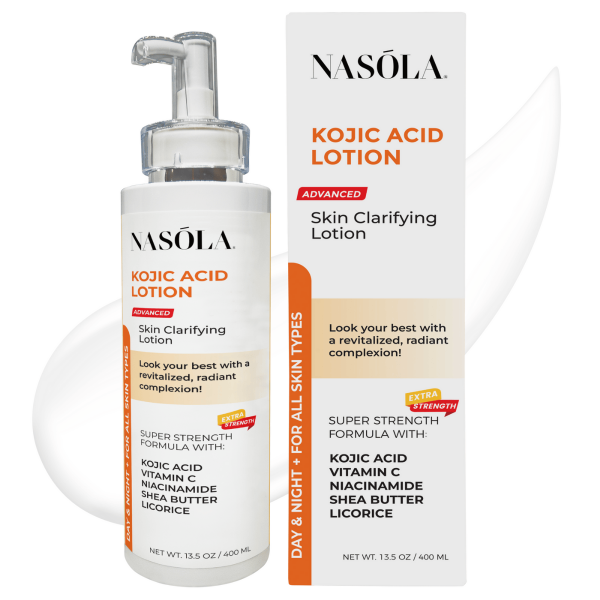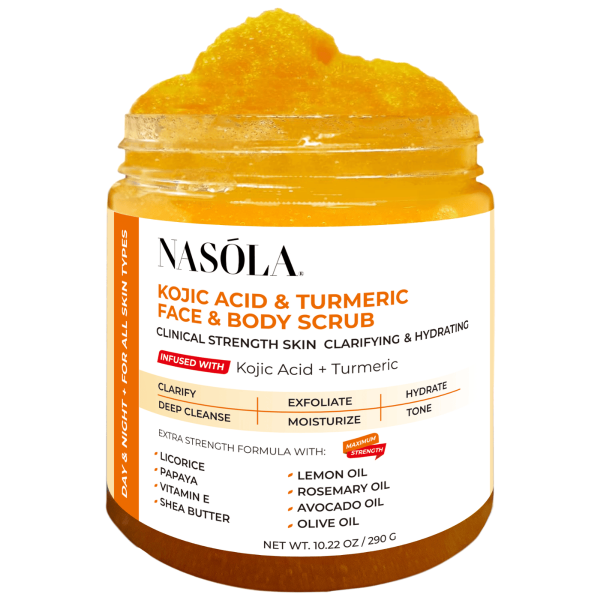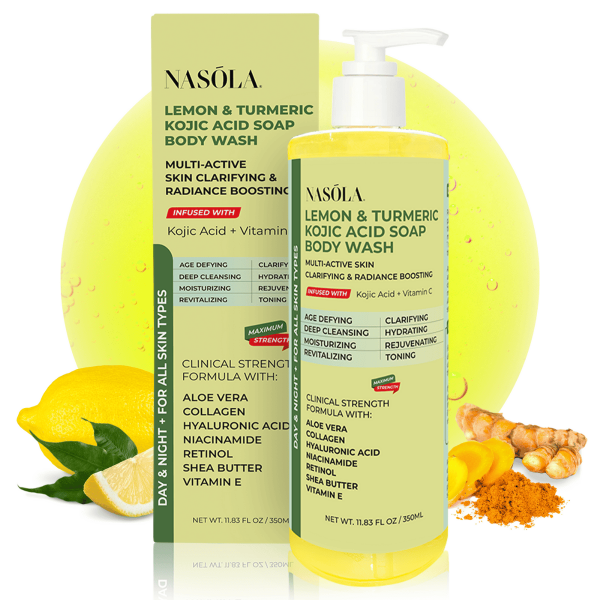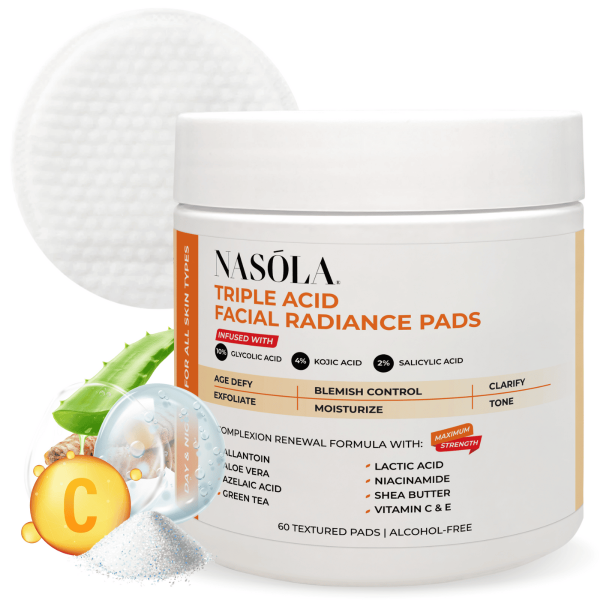Dark spots. You see them in the mirror and think, “How long have you been there??”
For years, people have reached for cocoa butter for dark spots because, well—it’s natural, smells like dessert, and has been passed down from Grandma’s vanity for generations.
But here’s a truth your skin is craving: while cocoa butter feels good, it often falls short when it comes to brightening those pesky spots with visible and lasting results.
What if I told you there are powerhouse ingredients combined with advanced formulations that make cocoa butter look like the warm-up act before the main event?
Yep…welcome to skincare that actually performs.
In this post, we’ll show you how shea butter, retinol, and kojic acid—especially when paired together—seriously outperform cocoa butter.
And we’ll share the Nasola favorites that have been game-changers for fading discoloration, hydrating deeply, and elevating your skincare.
- What Makes Cocoa Butter for Dark Spots So Popular?
- Why Shea Butter + Retinol Offer More for Dark Spots
- Exfoliate First: Prepping Skin for Better Product Absorption
- Daily Cleansing with Skin-Lightening Botanicals
- Tone and Brighten with Acid-Based Treatments
- Moisturizing: Locking in Brightening Benefits
- Natural vs. Clinical Solutions for Dark Spots
- Conclusion
- Frequently Asked Questions
What Makes Cocoa Butter for Dark Spots So Popular?
Cocoa butter has held the skincare spotlight for decades—and for many skin lovers, it’s still the go-to for an all-natural glow. But… that doesn’t mean it’s the most efficient choice when it comes to visible results.
Let’s dive into why it’s gained love, and more importantly—where it underperforms.
The History Behind Cocoa Butter in Skincare
Cocoa butter comes from the fat of cocoa beans. Used for centuries across Africa and South America, it’s been celebrated as a natural salve for dry skin and tone correction.
People love it because:
- It’s rich in fatty acids that hydrate and protect
- It contains antioxidants like Vitamin E
- It’s gentle enough for daily use
- It smells like heaven bottled in a jar
But romantic as it sounds, the science doesn’t completely support it for lightening hyperpigmentation. So what gives?
How It Works (and Where It Falls Short)
Here’s where cocoa butter for dark spots loses steam. While it’s rich in skin-loving vitamins, it lacks key actives—like retinol and kojic acid—that directly target melanin production.
So what happens?
- Skin stays hydrated but spots stay put
- Discoloration fades very slowly, if at all
- Sensitive users may see softening, but not clarity
- Requires months (or more) of consistent use before possible change
Cocoa butter can moisturize—but for visible fading?… let’s keep going.
Why Shea Butter + Retinol Offer More for Dark Spots
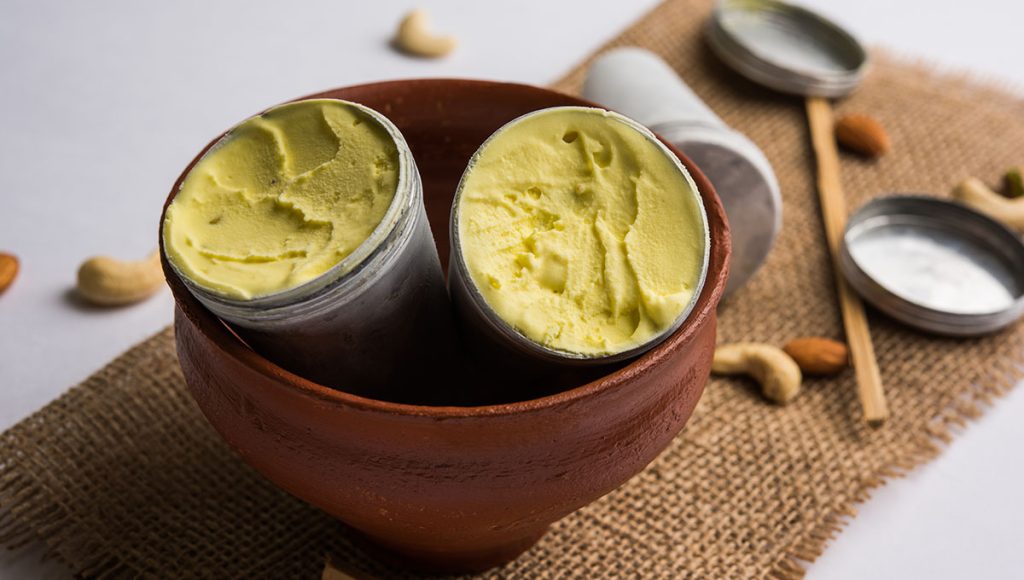
If cocoa butter is nourishing, shea butter is its smarter, harder-working cousin. Add retinol into that mix and now we’re cooking up results your skin will applaud.
Shea Butter: The Hidden Gem in Dark Spot Treatment
Shea butter often gets lumped with cocoa butter, but don’t confuse the two—they are not equal.
Why shea butter beats cocoa butter in the dark spot game:
- It contains natural Vitamin A, perfect for regeneration
- It improves inflammation and heals post-acne discoloration
- It absorbs faster and moisturizes longer
- It restores skin’s barrier without clogging pores
Every Nasola product—like the Nasola Kojic Acid Lotion—includes rich, unrefined shea butter. And guess what? Your glow doesn’t have to wait months.
Retinol: Scientifically Proven for Hyperpigmentation
When you want fast and visible change, retinol’s got your back. This gold-standard ingredient:
- Speeds up cell turnover to reveal fresh skin
- Breaks down pigmentation and blocks melanin formation
- Smooths texture along with tone
- Works best when combined with hydrating agents like shea butter
Notably, the Nasola Triple Acid Facial Radiance Pads marry retinol and shea butter with acids that refine and brighten quickly.
Moisture + exfoliation + active care = your best skin forward.
Exfoliate First: Prepping Skin for Better Product Absorption
Before your serums or lotions even have a chance to reduce discoloration, your skin needs to be ready. That’s where exfoliation steps in—because no amount of cream can do much if it’s sitting on a wall of dead skin cells.
Use a Gentle Yet Effective Scrub
Forget the gritty apricot scrubs of yesteryear. The Nasola Kojic Acid Turmeric Face & Body Scrub uses turmeric (for glow), kojic acid (for brightening), and shea butter (for moisture!) in a gentle polish that works like magic.
Here’s why exfoliation improves dark spot results:
- Unblocks pores to prevent new markers
- Increases penetration of active ingredients
- Removes dead skin to reveal brighter layers
- Stimulates collagen regeneration for sleeker texture
Use 2–3 times a week—not daily—to find that sweet skin balance you’ve been craving.
Avoid Over-Exfoliating
Too much of a good thing? Yep. Over-scrubbing leads to irritation, and irritation leads to post-inflammatory pigmentation (the very thing we’re trying to fade).
Watch out for:
- Redness that doesn’t subside
- Skin feeling tight, raw, or extra oily
- Flaky patches where oils have been stripped
- Increased sensitivity to other skincare steps
Slow and steady. Your skin will thank you.
Daily Cleansing with Skin-Lightening Botanicals
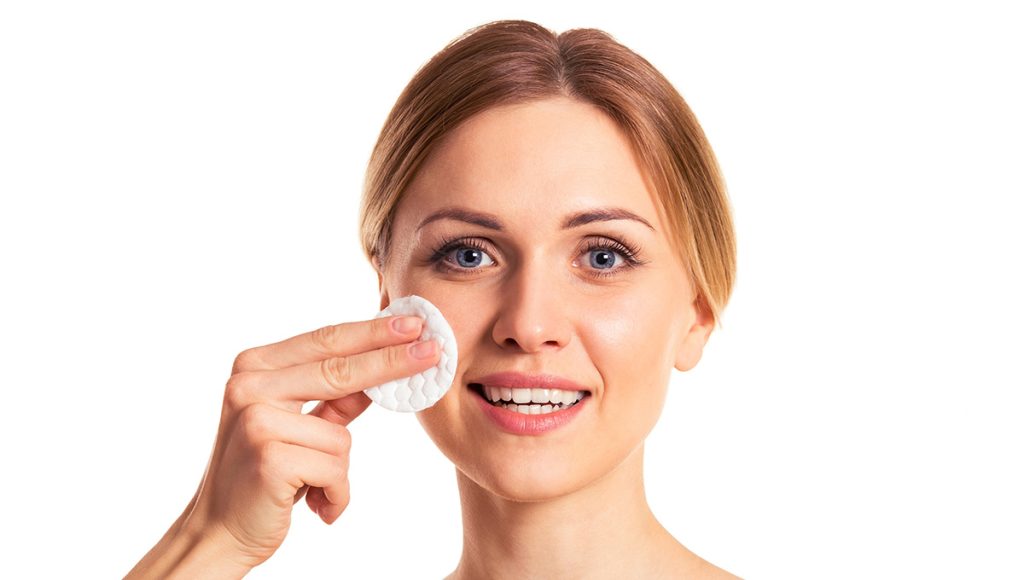
Baby steps or bold steps—your cleanser matters. It’s the one product you use daily, so choosing formulas that soothe, brighten, and prep your skin is non-negotiable.
Start Your Routine with a Brightening Wash
The Nasola Lemon Turmeric Kojic Soap Body Wash might just become your favorite step in this glow-up journey.
Here’s what it does:
- Lemon extracts target and lift hyperpigmentation
- Turmeric calms inflamed spots and adds radiance
- Kojic acid visibly fades existing dark marks
- Shea butter comforts the skin so it doesn’t dry out
A cleanser that nourishes and brightens? It’s not a dream, it’s your daily rinse.
Cleanse Without Stripping Skin
The wrong cleanser strips you bare and leaves your skin raw.
The right one (like Nasola’s body wash)?
- Removes makeup, oil, and impurities
- Builds your glow without fading your moisture barrier
- Softens skin pre-serum or exfoliator
- Smells divine and feels even better
Balance is beauty—and bright skin starts here.
Tone and Brighten with Acid-Based Treatments
You’ve prepped, you’ve cleansed—and now it’s time to level up with targeted acid application. Because this? This is where real transformation begins.
Incorporate Mild Acids to Target Stubborn Spots
Let your skin sip some acid—gently. Acids like salicylic, glycolic, and lactic exfoliate without scrubbing.
Benefits include:
- Penetrate deep into the pigment layer
- Speed up cell turnover
- Unclog congested pores and reduce acne
- Soften fine lines while brightening dark areas
Use 1–2 times weekly at night, followed by hydration.
Why the Triple Acid Formula Works Best
The Nasola Triple Acid Facial Radiance Pads stand out for one simple reason: they work.
Here’s what you’re getting:
- Retinol to block melanin and firm skin
- AHA/BHA blend to exfoliate with precision
- Shea butter to stop irritation in its tracks
- Pads = no mess, no waste, just swipe and glow
Convenient, potent, and oh-so-brightening.
Moisturizing: Locking in Brightening Benefits
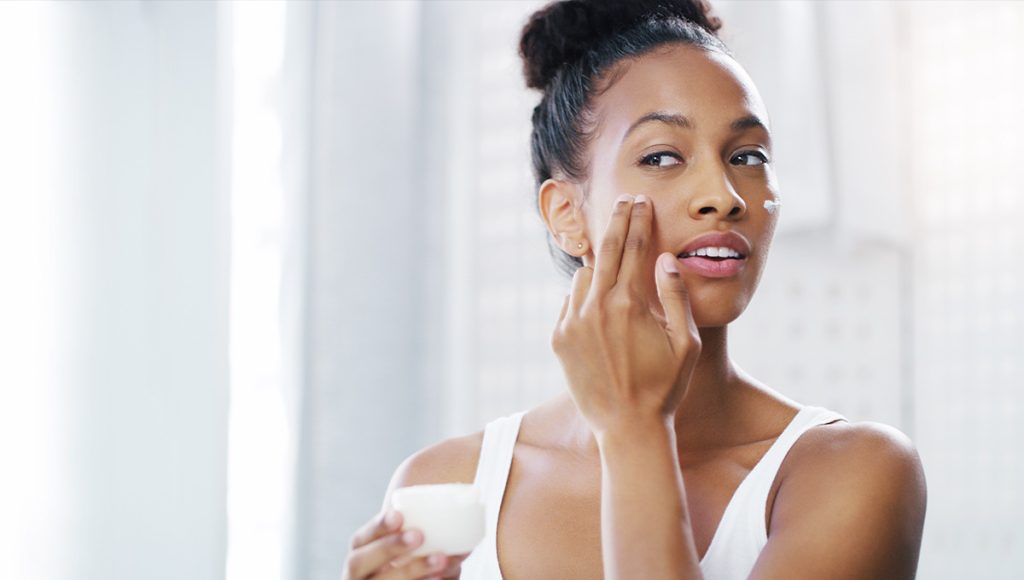
So underrated, yet totally essential. Moisture is what seals in everything you just did—and keeps your skin from going into panic mode.
A Lightweight Lotion with Skin-Nourishing Benefits
Say hello to your new must-have: the Nasola Kojic Acid Lotion.
This triple-threat formula delivers:
- Kojic acid for spot lightening over time
- Retinol to stimulate renewal
- Shea butter for deep but breathable hydration
- Lightweight absorption perfect for layering
Glow goals achieved. Period.
Don’t Skip Post-Care Hydration
Skipping lotion after acids? Don’t do it.
Dryness = dull skin. But properly moisturized skin:
- Recovers quicker after exfoliation
- Holds onto nutrients and actives longer
- Appears plumper, fresher, and less irritated
- Rebuilds its barrier for long-term results
Keep it juicy. Keep it smooth.
Natural vs. Clinical Solutions for Dark Spots
Let’s be real: we all love a natural solution. But sometimes nature needs a little backup from science—especially when your skin demands bright, clear, visible change.
The Holistic Appeal of Natural Butters Like Cocoa and Shea
Cocoa butter makes you feel like you’re doing something nice for yourself. And that matters.
But when you compare it to shea butter?
- Shea butter has more Vitamin A
- More healing and anti-scarring properties
- Pairs better with actives like retinol
- Plays well with every skin type, including oily or acne-prone
Shea takes the gold—especially in products like the Nasola Kojic Acid Turmeric Face & Body Scrub.
When It’s Time to Choose Clinical Strength
Still in the natural aisle? No shame.
But if you want actual clarity instead of wishful thinking:
- Look for kojic acid (targets pigment)
- Trust retinol (the glow architect)
- Combine them with gentle hydrators like shea butter
- Choose multi-functional products (like the Nasola Lemon Turmeric Kojic Soap Body Wash) for even better results
Science and nature don’t have to fight. They team up beautifully.
Conclusion
Here’s the bottom line: cocoa butter for dark spots is sweet, nostalgic, and softening—but not brightening.
Instead, trust ingredients that are proven to work: retinol, kojic acid, glycolic, and good ol’ shea butter. Products like the Nasola Triple Acid Facial Radiance Pads and Nasola Kojic Acid Lotion combine them all into effective, skin-loving formulas.
You don’t have to choose between natural and clinical. Nasola delivers both—in every drop.
So go on. Let your skin remember what it’s like to shine.
Frequently Asked Questions
No, cocoa butter doesn’t remove dark spots permanently. While it gives moisture and a bit of soothing, it lacks brightening agents like retinol or kojic acid which target pigmentation more directly and effectively.
Yes! Shea butter has natural Vitamin A, anti-inflammatory compounds, and blends better with scientifically proven ingredients like retinol. It penetrates deeper and supports active ingredient performance.
The Nasola Kojic Acid Lotion and Nasola Triple Acid Facial Radiance Pads offer retinol, kojic acid, and shea butter to address pigmentation across every layer.
Yes, kojic acid can be used daily, especially when formulated alongside calming ingredients like shea butter. Start slow and monitor your skin, especially when pairing with exfoliants.
Most people notice visible changes within 2–4 weeks when using products like the Nasola Kojic Acid Turmeric Face & Body Scrub and Nasola Kojic Acid Lotion consistently.
Absolutely. The Nasola Lemon Turmeric Kojic Soap Body Wash is perfect for fading dark areas on the body with natural and active ingredients.
You can, but there’s little added benefit. It’s better to stick with a product already balanced—like the Nasola Kojic Acid Lotion—which includes shea butter for hydration without congestion.

